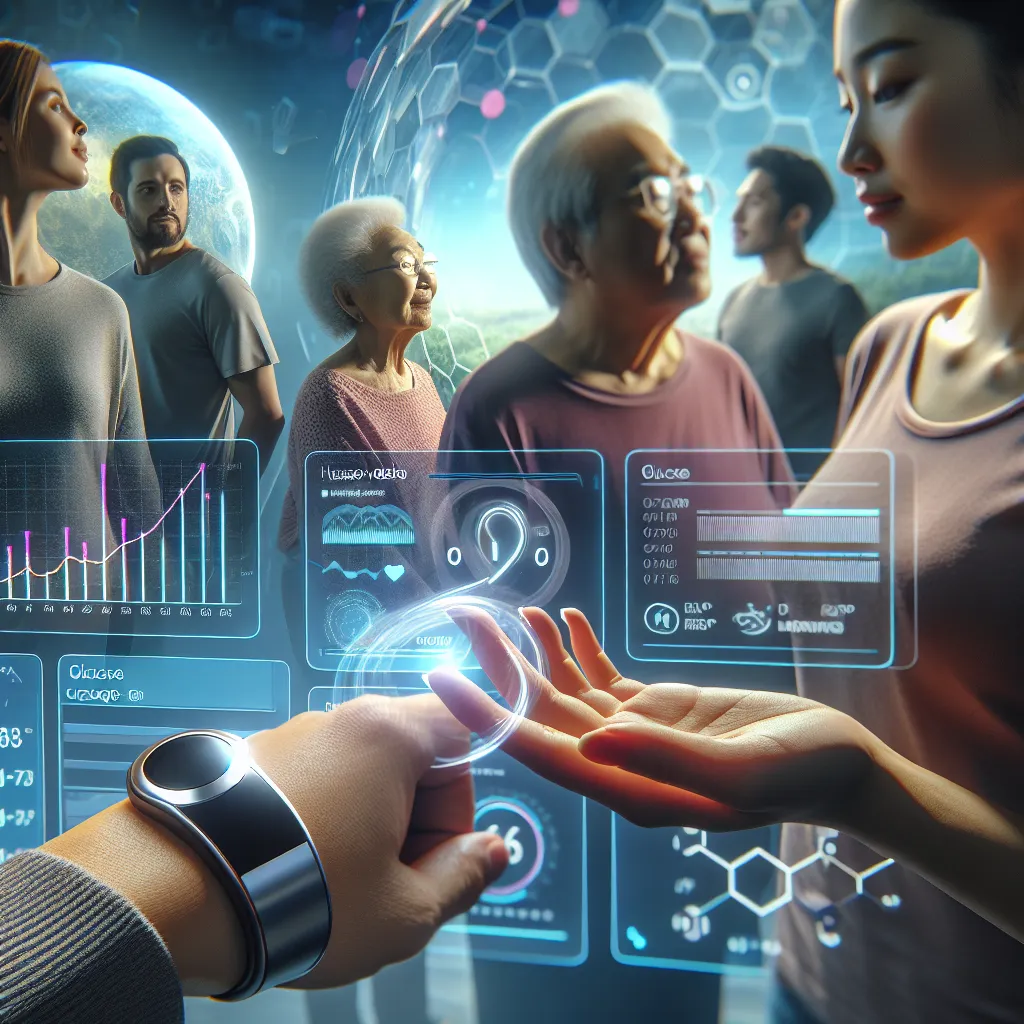Revolutionizing Diabetes Management: The Future of Glucose Monitoring
Revolutionizing Diabetes Management: The Future of Glucose Monitoring
Diabetes, a chronic metabolic disorder characterized by high blood sugar levels, affects millions of people worldwide. Managing diabetes requires careful monitoring of blood glucose levels to prevent complications and maintain overall health. Traditional glucose monitoring methods, such as finger pricking and using blood glucose meters, can be inconvenient, painful, and sometimes inaccurate. However, thanks to advancements in technology, a new era of glucose monitoring is upon us – one that promises to revolutionize diabetes management. In this article, we will explore the latest innovations in diabetes glucose monitors and their potential to transform the lives of individuals living with diabetes.
The Limitations of Traditional Glucose Monitoring Methods
For decades, people with diabetes have relied on finger pricking to obtain blood samples for glucose testing. This method involves using a lancet to puncture the fingertip and collecting a small drop of blood, which is then analyzed using a blood glucose meter. While effective in providing accurate glucose readings, finger pricking can be uncomfortable, time-consuming, and inconvenient, especially for individuals who require frequent monitoring throughout the day.
Furthermore, traditional glucose meters have limitations in terms of accuracy and ease of use. Many meters require coding or calibration, and the test strips used with these devices can be expensive, leading to additional costs for individuals with diabetes. Additionally, blood glucose meters only provide a snapshot of blood sugar levels at a specific moment, failing to capture the continuous fluctuations that occur throughout the day.
The Rise of Continuous Glucose Monitoring (CGM) Systems
Continuous Glucose Monitoring (CGM) systems have emerged as a game-changer in diabetes management. These systems offer a more comprehensive and real-time view of blood glucose levels, allowing individuals to make informed decisions about their diet, exercise, and medication. CGM systems consist of a small sensor worn on the body, usually on the arm or abdomen, which continuously measures glucose levels in the interstitial fluid.
The sensor wirelessly transmits the data to a receiver or smartphone, where the user can access their glucose readings and trends. CGM systems not only provide glucose values but also offer insights into glucose patterns, such as the rate of change and the direction in which glucose levels are heading. This valuable information enables individuals to respond promptly to fluctuations, preventing hypoglycemia (low blood sugar) or hyperglycemia (high blood sugar) episodes.
The Future of Diabetes Glucose Monitoring: Non-Invasive Solutions
While CGM systems have significantly improved diabetes management, researchers are actively exploring non-invasive alternatives that eliminate the need for finger pricking or sensor insertion. These innovations aim to make glucose monitoring even more convenient, painless, and accessible to a wider population.
1. Optical Glucose Monitoring
Optical glucose monitoring utilizes light-based technologies to measure blood glucose levels without invasive procedures. The concept involves shining light onto the skin and analyzing the interaction between the light and glucose molecules. By measuring the absorption, reflection, or scattering of light, the glucose concentration can be estimated non-invasively.
Several optical glucose monitoring devices are currently in development, utilizing techniques such as near-infrared spectroscopy, Raman spectroscopy, and polarimetry. While these technologies show promise, they are still in the early stages of development, and more research is needed to ensure their accuracy and reliability.
2. Breath Glucose Monitoring
Breath glucose monitoring aims to measure glucose levels by analyzing the breath. The concept is based on the fact that certain volatile organic compounds (VOCs) are associated with glucose metabolism. These VOCs can be detected in exhaled breath and used to estimate blood glucose levels.
Researchers are exploring various breath analysis techniques, such as gas chromatography-mass spectrometry (GC-MS) and breathalyzer-like devices, to develop accurate and portable breath glucose monitors. While breath glucose monitoring holds great potential, achieving consistent and reliable results across different individuals and conditions remains a challenge.
3. Smart Contact Lenses
Smart contact lenses offer a futuristic approach to glucose monitoring by integrating miniature sensors into the lens. These sensors can measure glucose levels in tears, providing continuous and non-invasive monitoring. The data can be wirelessly transmitted to a smartphone or other devices for real-time tracking and analysis.
Although smart contact lenses for glucose monitoring are still in the experimental stage, they hold immense promise for individuals with diabetes. In addition to glucose monitoring, these lenses could potentially incorporate other functionalities, such as measuring intraocular pressure or detecting other health conditions.
The Importance of Accuracy and Reliability
While the development of non-invasive glucose monitoring solutions is exciting, it is crucial to emphasize the importance of accuracy and reliability. Obtaining precise glucose readings is essential for effective diabetes management, as incorrect measurements can lead to incorrect insulin dosing or delayed treatment of potentially dangerous blood sugar levels.
Regulatory bodies and researchers are working tirelessly to establish rigorous standards for non-invasive glucose monitoring devices. These standards aim to ensure that the devices meet accuracy requirements comparable to traditional glucose monitoring methods. As technology continues to advance, it is expected that non-invasive glucose monitoring devices will become more accurate and reliable, making them suitable alternatives to invasive methods.
Conclusion
The field of diabetes glucose monitoring is rapidly evolving, with advancements in technology promising a future where individuals with diabetes can monitor their blood glucose levels conveniently, painlessly, and accurately. Continuous Glucose Monitoring (CGM) systems have already transformed diabetes management, providing real-time insights into glucose patterns. However, the development of non-invasive glucose monitoring solutions, such as optical glucose monitoring, breath glucose monitoring, and smart contact lenses, holds the potential to further revolutionize diabetes care.

While these non-invasive solutions are still in the research and development phase, they offer hope for a future where individuals with diabetes can manage their condition more effectively, leading to improved quality of life and better health outcomes. As technology continues to progress, it is essential to prioritize accuracy and reliability to ensure that these innovative glucose monitoring solutions meet the needs of individuals with diabetes and empower them to take control of their health.
